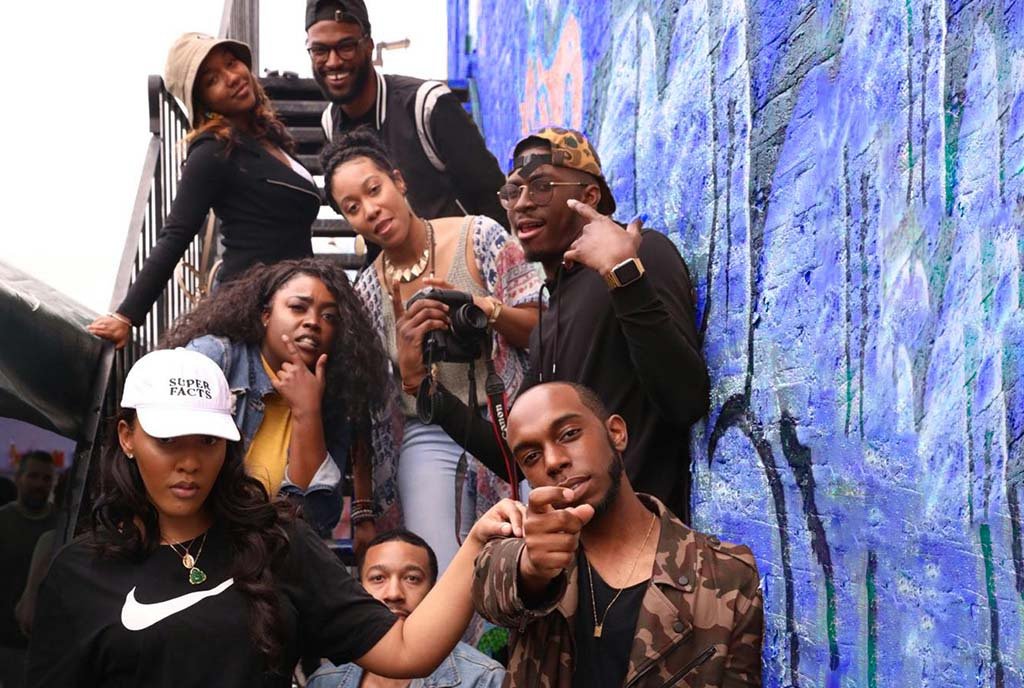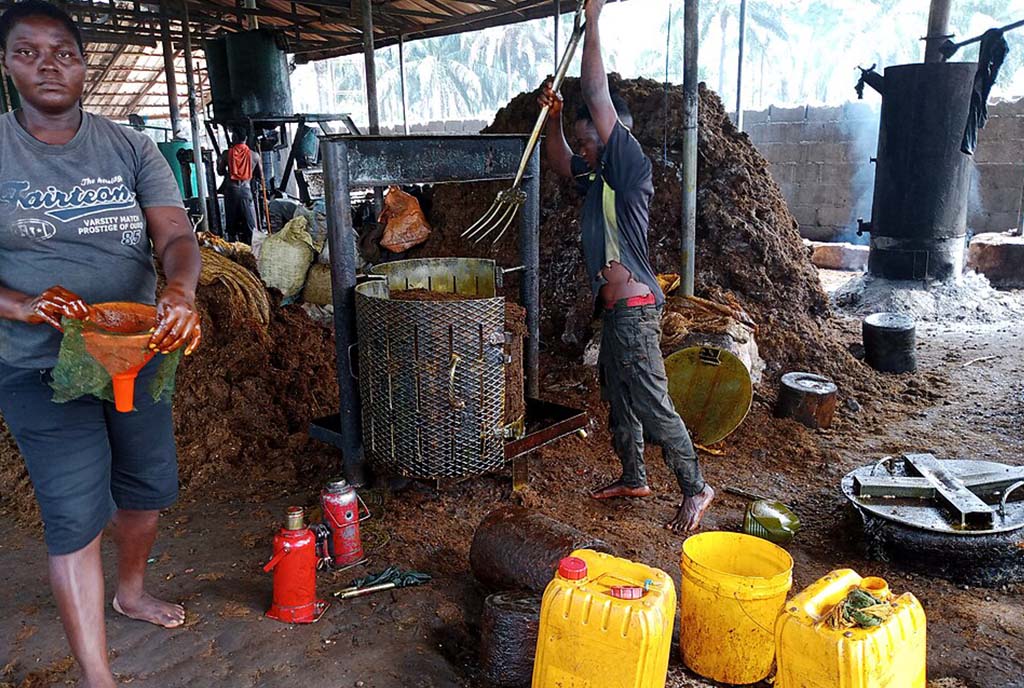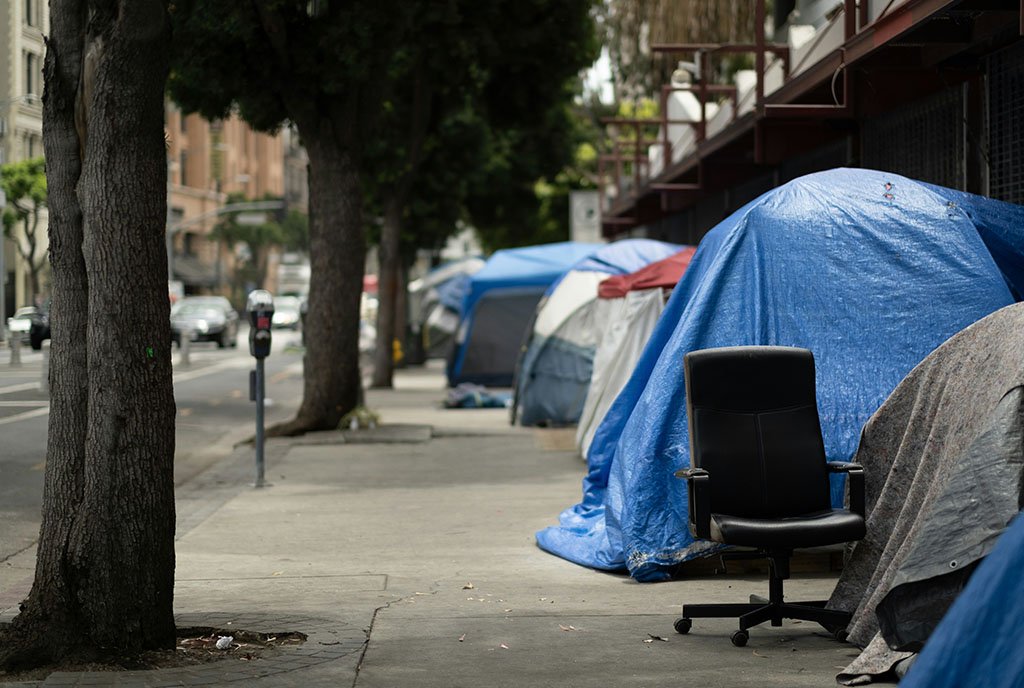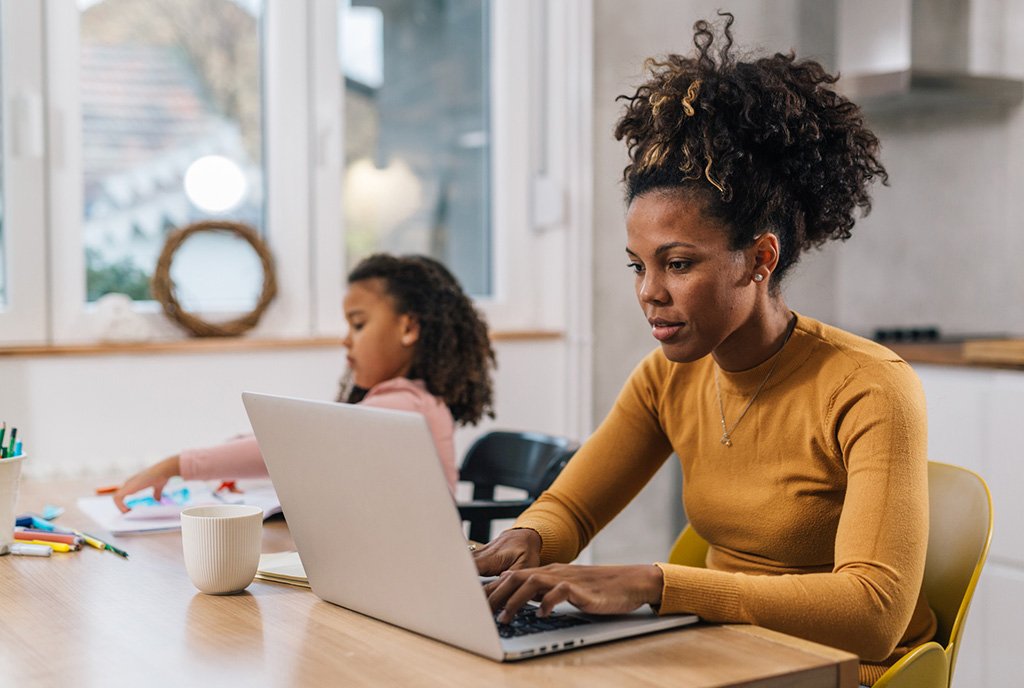
Neighborhoods are sacred spaces. When you have lived, worked, and organized in a community for a long time, you become attached to people, landmarks, and familiar sights. The places that we call home are imbued with meaning and history. So, when change is on the horizon in the places where we live our lives, community members need to be active participants.
In March 2023, in Inglewood, a largely Black and Latinx suburb of Los Angeles, a new community studio incubator opened for Black creatives and local Black businesses. The incubator was a pilot project of ZEAL, a Black arts worker-owned cooperative that creates spaces for Black artists to thrive. Launched with organizations Residency Art Gallery, ITS-IN-SCOPE, and SOLA Contemporary, the incubator project was one element of ZEAL’s work to build a culture of solidarity and repair in a place marked by the threat of displacement.
Drivers of Displacement
The pressures that threaten resident and local business displacement are far from theoretical. In 2019, a Metro light rail line to the Los Angeles airport was built in the nearby community of Hyde Park, displacing a youth organization that was blocks away from where Nipsey Hussle, a hip-hop artist who centered community development in his work, was shot and killed.
In September 2020, the new SoFi stadium opened, hosting the Super Bowl in 2022 and planning to host events for the 2028 Olympics. Last year, a Target store was opened two blocks away from the stadium. And residents just learned that the city of Inglewood has proposed building a transit connector that would serve as a public subsidy for private profit, displacing 41 businesses within the corridor area downtown. Currently, the city of Inglewood is organizing a contingency plan with relocation funding for those businesses.
While grants are offered to businesses affected by the transit connector, this kind of development perpetuates a culture of disrepair in urban planning efforts. Developers make promises of social benefits to the community while financial benefits accrue to commercial investors. These investors can afford to speculate on the neighborhood with city government consent but without community input, often ignoring the needs of the people who have lived here for decades.
How can we ensure our local economies, our communities, collectively own the means of their cultural production and artifacts?
Inglewood was one of the many municipalities in the state of California enlisted as a “Sundown Town,” with municipalities enacting restrictive covenants that dictated where Black and Latinx families could live through zoning policies that created racial residential segregation continuing the legacy of Jim Crow laws well into the 1920s and late 1950s. Additionally, curfew hours would be enforced at 8:00 pm, with the additional threat of racialized terrorism from White supremacist hate groups like the KKK.
The current pattern of urban sprawl and displacement via gentrification is rooted in this cultural history. Racialized capitalism in the United States has been enshrined with an unwillingness to culturally, politically, and economically acknowledge the ways that settler colonialism and chattel slavery created these patterns and their markers of individualism, exploitation, extraction, and constant disrepair.
Art Is the Cure
The harms of gentrification can be seen throughout US cities and enclaves from Brooklyn, NY, to Inglewood, CA, and Little Haiti (Miami, FL). But community groups in these places are organizing and building power to reclaim their neighborhoods.
Black art is central to this community building work. For example, in Inglewood, a studio exhibition Telepathic Rhythms showcases the work of local artists and archivists in the greater Los Angeles community. Another example is a global multimedia anthology, The Remedy is Solidarity, produced by Allen Kwabena Frimpong. One part of its volumes, titled “In the midst of the imagined,” was created in support of the California reparations task force. The exhibition and programming—which include audio and video interviews, short essays, artwork, zines, and curated music and sounds—was curated by Auttrianna Ward and serves as a space for the community to rethink reparations in a California-specific context.
These projects get at some of the questions we have as culture bearers and keepers: How do we enact meaningful community governance? How can we ensure our local economies, our communities, collectively own the means of their cultural production and artifacts?
The Black artists who comprise ZEAL are on a journey to answer these questions, developing emergent reparative community development strategies to own and steward the means of cultural production as a cooperative. This work includes creative talent development and community studio incubation toward building community wealth across the Black diaspora. The legacy of ZEAL as a cooperative flows from the reservoirs of the Harlem Renaissance and the Black Arts Movement, and emerges from learned experiences of Black art collectives like Spiral and the Black Emergency Cultural Coalition.
Practicing Solidarity through Community
Shared infrastructure is just the start of solidarity.
By weaving relationships in local Black arts and culture networks multiple cities, ZEAL members have two objectives. One is to develop shared infrastructure to determine pathways to thriving in local communities. A second is to mitigate the effects of art-washing, which is used as part of the process of gentrification where commercial and residential real estate developers and investors use cultural capital through art to brand and market their developments.
Shared infrastructure is just the start of solidarity. By practicing community governance across Black cultural institutions and businesses in an area like South Los Angeles, community stakeholders can identify where support is needed across the creative value chain, including artist equipment and materials, studio space, and distribution channels.
This community building has served ZEAL’s artists well. Several of ZEAL’s artists’ works have been featured in Black-owned cafes, major fashion lines, and television shows like Insecure and Random Acts of Flyness on HBO. Proceeds have also been used to support fellow local artists and community members through mutual aid, especially at the height of the pandemic.
In Los Angeles, ZEAL convened its partners in the community studio incubator program, leading worker-owners like Tia Oso to ask the question of who in the Black Angeleno arts and culture ecosystem “actually owns the means of their production, which includes the building (space) where they are creating, producing, and distributing/displaying their works?”
Sign up for our free newsletters
Subscribe to NPQ's newsletters to have our top stories delivered directly to your inbox.
By signing up, you agree to our privacy policy and terms of use, and to receive messages from NPQ and our partners.
As a result of the query, ZEAL received a pre-development grant through the Kataly Foundation’s Restorative Economies Fund (REF) to explore community wealth building strategies through creative-led community development in the Metro Los Angeles area.
Securing financing and investment is a step toward collective ownership and governance, but we also know that with money and resources come additional questions and complexities for our communities to contend with—namely, the day-to-day work of community-based business development and property management.
For these reasons, alongside funding partnerships, ZEAL has begun organizing with the Inglewood Chamber of Commerce and cultural businesses like The Miracle Theater, Salt Eaters Bookshop, and Sip & Sonder coffee house regarding how to establish an arts district business association for the downtown corridor that invests in Black small business owners. In nearby Leimert Park, ZEAL talked with Liberty Ecosystem and Black Owned and Operated Community Land Trust about lessons they have learned in stewarding property in the area with businesses like Sole Folks, Black-owned bike cooperative Ride On, and ORA cafe.
During the international art show Art Basel Miami Beach, ZEAL partnered with financial innovation firm RUNWAY and Kataly Foundation, as well as local Miami-based Black organizations like the Roots Collective, Sugarcane magazine, and Tribe Kreyól, to host conversations about the economic environment needed for cultural institutions that have been historically marginalized to own and steward the means of their cultural production.
A Pathway toward Collective Healing
By design, US economic and political systems were built in a way where more money equals more power.
To collaboratively shape a world where Black artists and entrepreneurs have abundant spaces and resources to thrive, we must act collectively to build power. This is evident in worker-owned collaboratives like ZEAL or Uptima, an entrepreneur support cooperative that provides holistic education and advising to diverse entrepreneurs; and worker self-directed organizations like RUNWAY, a firm committed to dismantling systemic barriers and reimagining financial policies and practices—all in the name of Black liberation.
As NPQ contributor Nineequa Blanding wrote, “Focusing on mutualism and healing builds a shared understanding of our interdependence and our inherent capacity to heal.” For collective healing to take place, however, we must name the enduring violence and oppression that communities of color continue to face in the criminal justice system, finance, healthcare, education, housing, and elsewhere. These systemic injustices not only reinforce social, economic, and political inequality but contribute to intergenerational trauma and the breakdown in trust and cooperation.
Anti-Blackness, systemic racism, and other institutional forms of oppression have long been documented through practices like oral history, storytelling, and, of course, creative mediums like visual arts, music, performance, and poetry. Through cultural expression, Black communities honor their history and ancestors, celebrate their resilience and creativity, and mobilize collectively around shared values and goals.
Fostering a culture of cooperation to build collective power is how we resist white supremacy.
A Culture of Cooperation
Fostering a culture of cooperation to build collective power is how we resist white supremacy. Perfectionism, power hoarding, a sense of urgency, defensiveness, quantity over quality, binary thinking, fear of open conflict, individualism––this is white supremacy snaking its way into our individual and collective ways of being.
How, then, do we actively reject the characteristics of white supremacist culture and work towards a culture of cooperation oriented around healing and repair for Black communities? It requires open communication, trust, respect, and collaboration. It requires accountability, leadership, and a willingness to learn, change, and iterate in ways that best serve the collective. It requires building community, sharing resources, decentralized ways of operating, and centering collective joy, abundance, and prosperity.
The process of community governance is filled with complexity, as well as opportunity for creativity. Too often, community organizing, and arts and cultural organizing are viewed as distinct and separate rather than inextricably intertwined. In philanthropy, foundations often put these efforts into different funding streams—and can sow division by fostering competition for resources.
Centering arts and culture within our collective efforts to develop and govern our communities is essential for building a sense of shared identity and pride. If we divorce governance from culture, we end up with institutions and developments that lack the context of our rich, meaningful history. Additionally, isolating arts and culture from community governance creates more opportunities for our cultural labor to be exploited and extracted.
The exhibition “Who Owns Black Art?” during Art Basel Miami Beach, which ZEAL produced with local partners, created space for essential conversations about who reaps the value and rewards of Black creativity and genius. Such discussions can spark communities to contend with what ownership means to them—and to confront the complexity of what it means to reject white supremacy amid capitalism. These dialogues are a necessary step toward defining collective ownership.
As more groups take an active role in redefining what development looks like in their communities, there is an opportunity to integrate healing, arts, culture, and joy in the organizing necessary to reclaim power. Creating a sense of trust in a decentralized system is not without its challenges, but the result is a future where relationships guide us rather than profits.
Editor Note: While NPQ‘s style is to capitalize the “W” in “White” when referring to Caucasian people, we are using lowercase in this article at authors’ request.












